Supermassive Black Holes May Be Pulling The Atmosphere Off Planets And Making Them Uninhabitable0
- From Around the Web, Space
- June 15, 2017
Scientists have discovered black holes may be doing more damage to their surroundings than originally thought.
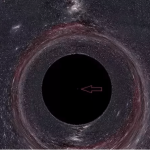
Scientists have discovered black holes may be doing more damage to their surroundings than originally thought.
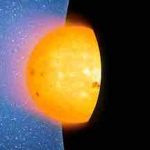
Observations suggest that black holes swallow doomed stars whole, increasing the mystery surrounding these celestial monsters
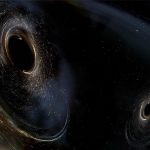
Scientists on the lookout for subtle disturbances in the fabric of space-time have detected the signal from a cataclysmic collision between two black holes that lie some 3 billion light-years away, much farther two previous discoveries.

A new study may help reveal the nature of dark energy, the mysterious substance that is pushing the universe to expand outward. Dark energy may emerge from fluctuations in the nothingness of empty space, a new hypothesis suggests.
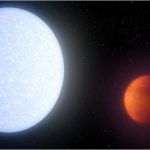
Scientists have found a hellish world where the “surface” of the planet is over 4,000C – almost as hot as our Sun.

Detailed analysis has been revealed about the 144 fireballs that came from the Taurid meteor shower, which had been observed by the European Fireball Network back in 2015 showed an orbital structure that was well defined, has been responsible for the Taurid activity that was enhanced during the same year. The comparison of the Orbit revealed that a new branch of Taurids has at least two asteroids that are about 200 to 300 meters in size.
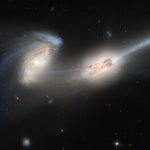
Due to advances in technology, scientists have been keeping an eye out for signs of alien megastructures. One scientist hypothesizes that, if such a megastructure exists, it would be around a pulsar instead of a star.
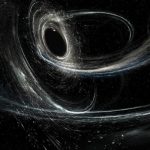
Researchers have announced the third detection of gravitational waves—ripples in the fabric of space and time.

The latest response to the Fermi paradox.
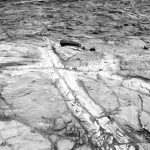
And there are indications that groundwater persisted for far longer.



